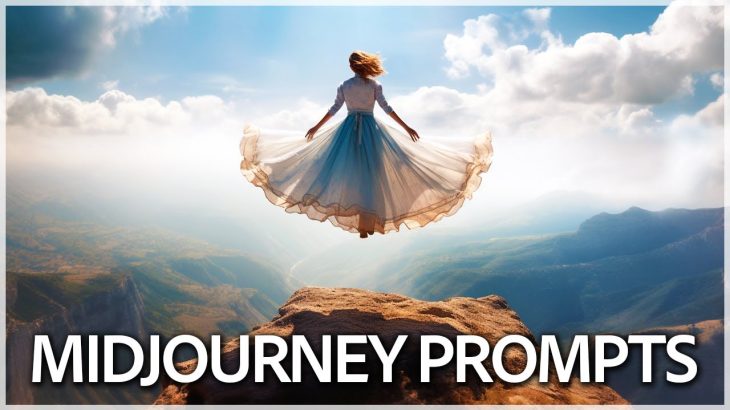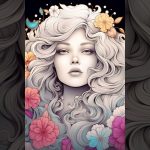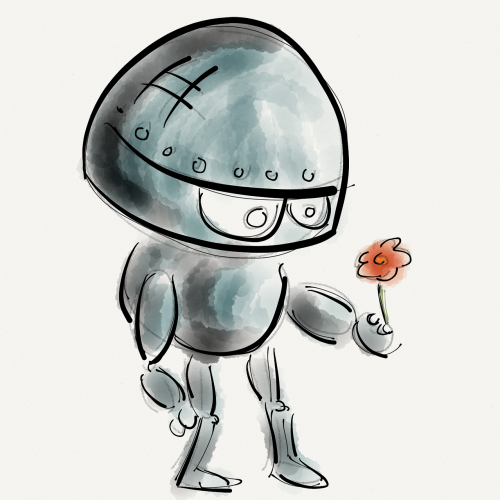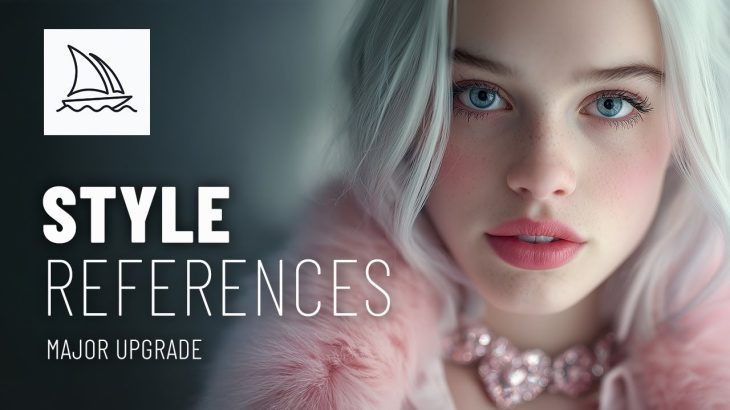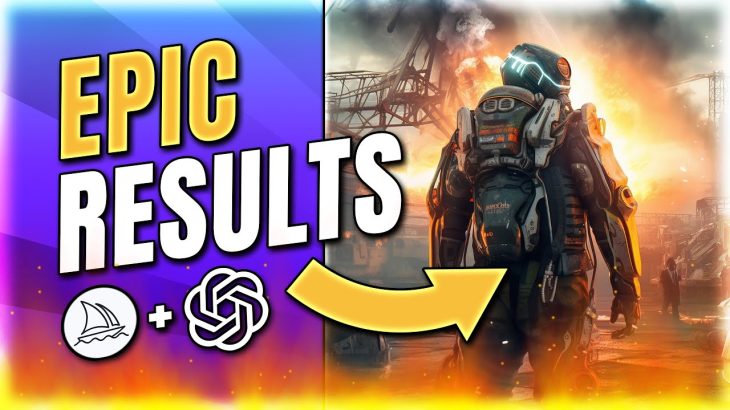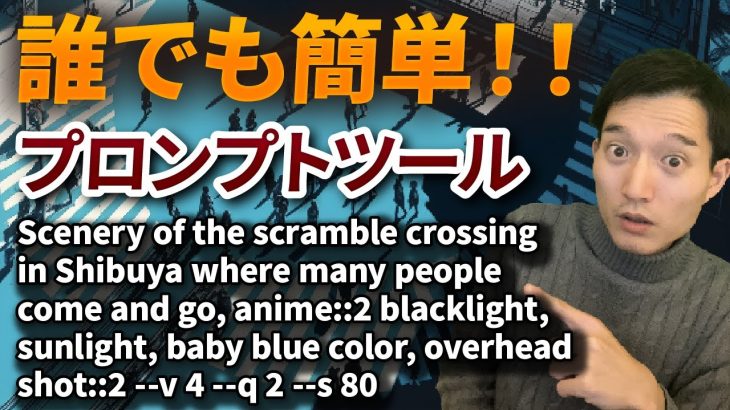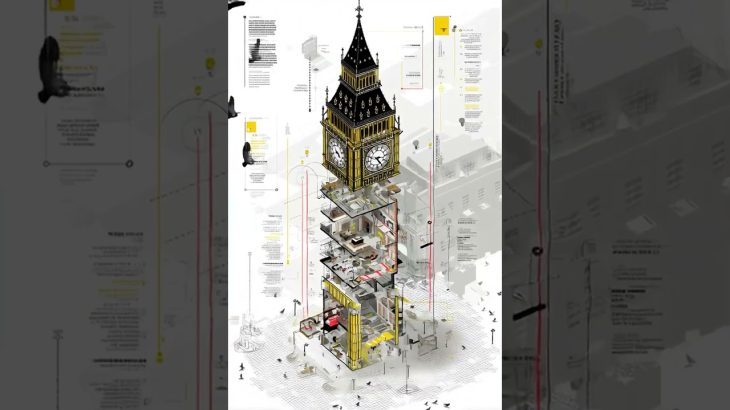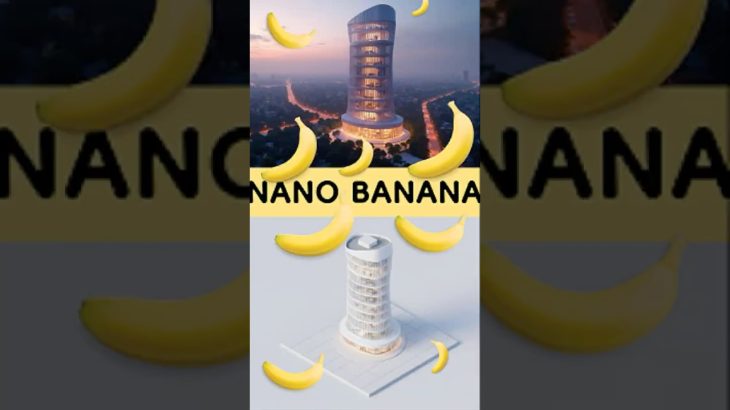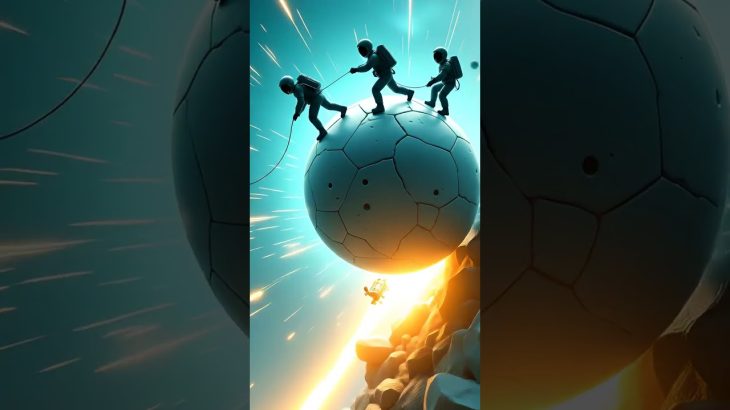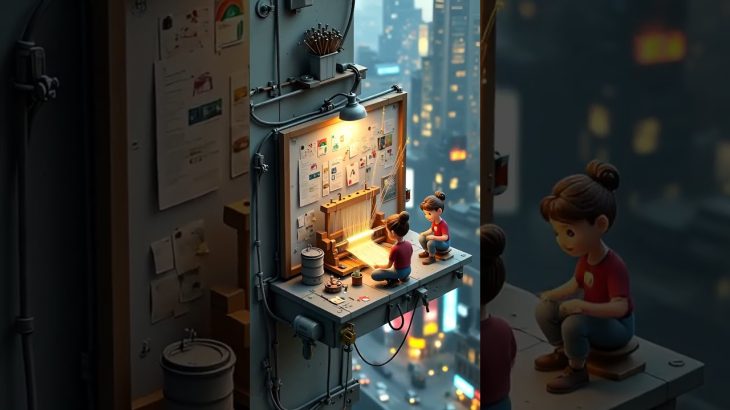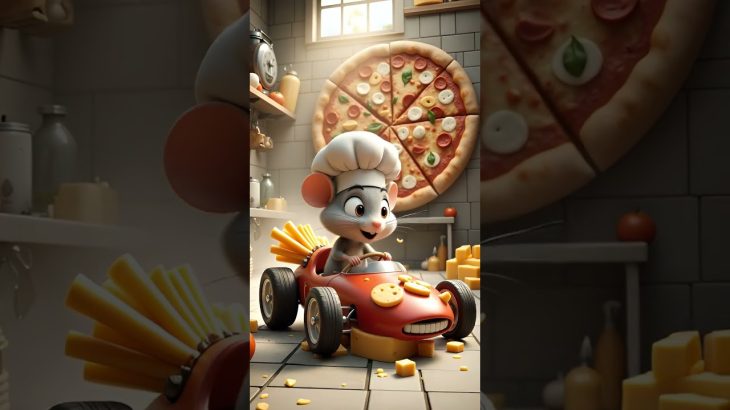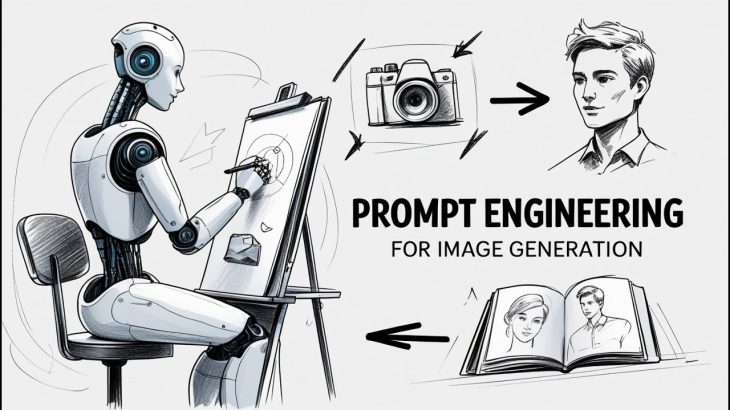How To Write the Perfect Midjourney Prompt
In this video, I’m going to show you how I’ve learned to structure and write the perfect Midjourney prompt.
I’ll go over the structure of the prompt, and then some examples of each of those pieces.
And along the way, we’ll run some prompts for each section of the structure, so that we can see how it works and how the images come out.
This video is going to have a lot of info in it and has some lists that I’ve built for ideas that I’ll usually refer back to. So, make sure to subscribe and like the video, and come back and use it whenever you need ideas or inspiration.
I also have other Midjourney videos here on the channel, so you can check those out, but this video is assuming you already are familiar with Midjourney and creating images. Let’s get started.
The Midjourney platform provides users with the ability to craft prompts that generate specific images. This guide breaks down the Midjourney prompt formula, explaining each component in detail to maximize results.
Breaking Down the Prompt
Prompts play a crucial role in producing the desired image. While there is no definitive “right” or “wrong” prompt, organizing it in a certain manner can yield more targeted outcomes. Here’s a brief outline:
Medium: Start by defining the medium, be it oil painting, photography, or acrylic. For instance, “oil painting” or “35mm film photography.”
Style: Next, describe the artistic style or period you’re aiming for, like “cyberpunk,” “steampunk,” or “impressionism.”
Composition: Dictate the camera framing or angle, such as “wide shot,” “medium shot,” or “high angle.”
Scene: Clarify the action, prop, and location. This forms the essence of your image. A scene might describe a “man running in a panic, clutching a briefcase through a dark alley.”
Atmosphere: Enhance your prompt by providing environmental context, like “rainy night” or “foggy morning.”
Parameters: Optional but useful, these fine-tune the output. Common examples include aspect ratios like “dash dash AR 16:9” or styles like “dash dash style raw.”
Crafting Effective Prompts
Your prompts can vary in length and detail. Sometimes, shorter ones can be impactful, while other times, a more elaborate description can help in visualizing complex scenes.
For instance:
Shorter Prompt: “Oil painting, vintage steampunk style, medium portrait of a man looking confused at a blueprint of a spaceship, late at night in his dusty workshop.”
Longer Prompt: “Acrylic painting, fantasy, bird’s eye view, a warrior standing on a cliff, overlooking a vast forest with a dragon flying in the distance. The warrior holds a glowing sword, looking determined, early morning with light mist covering the forest.”
Experimentation is Key
The platform offers a wide array of mediums to play with, including pencil drawings, crayon, woodblock, and even clay sculptures. Styles vary from pop art, horror, to artist-specific influences. Experimenting with these options can produce unique and surprising outcomes.
Conclusion
Crafting the perfect Midjourney prompt involves understanding and skillfully using each component. By considering the medium, style, composition, scene, atmosphere, and optional parameters, users can hone in on their desired image. As you progress, always refer back to this guide and the subsequent tutorials for more detailed examples and inspiration.
#midjourney #midjourneyprompts #midjourneytutorial
